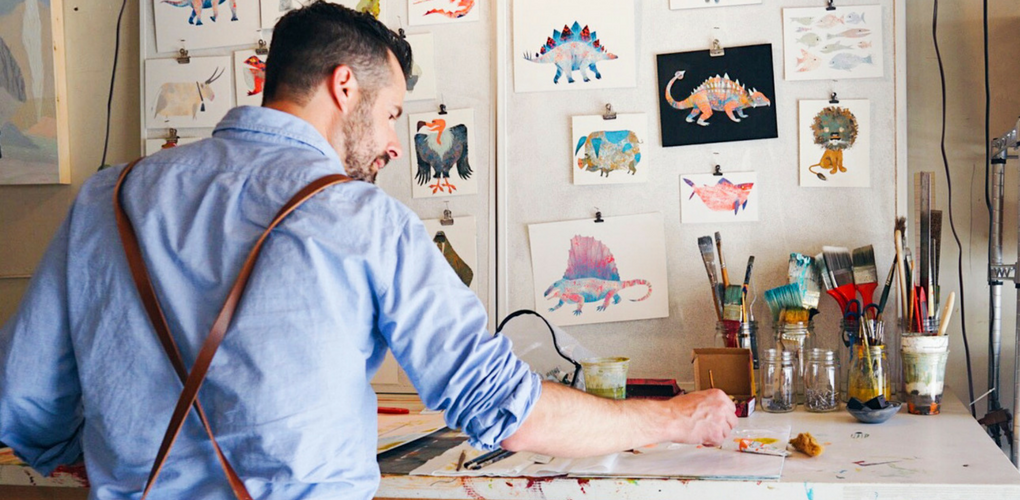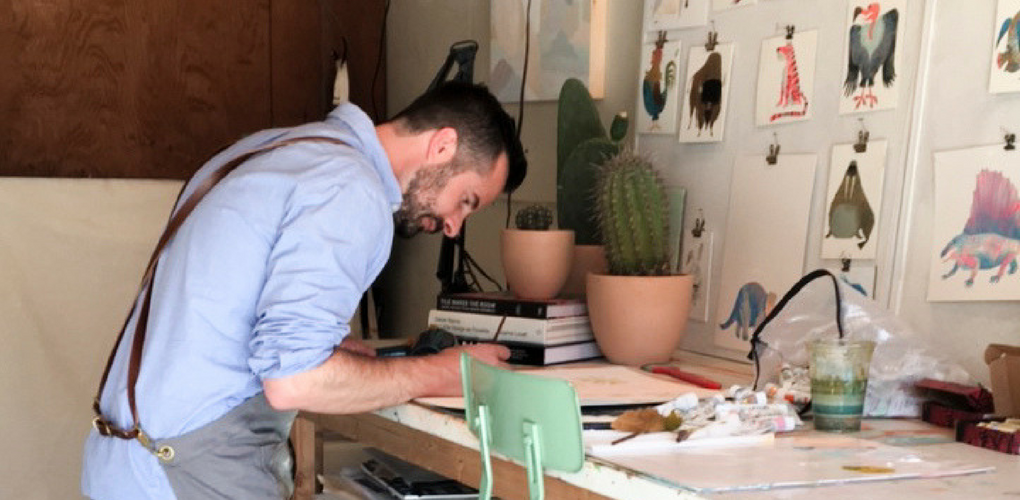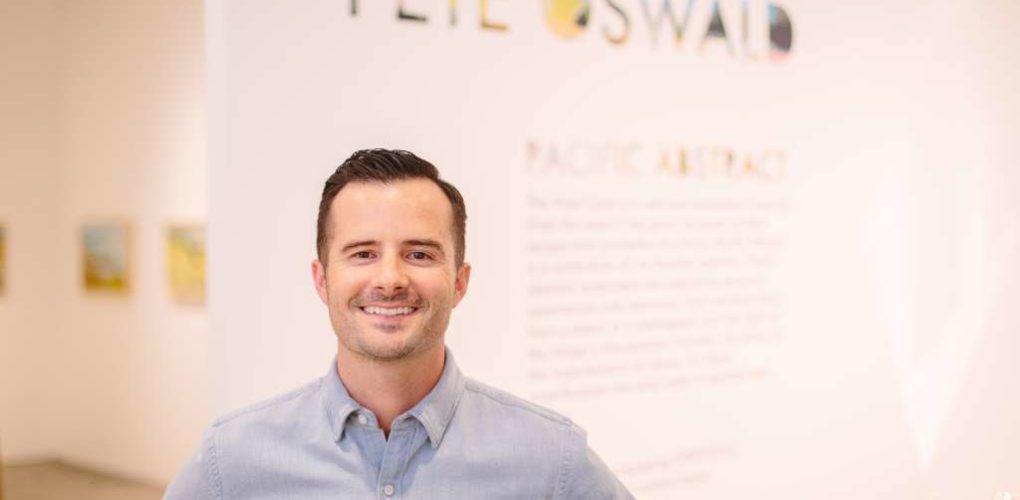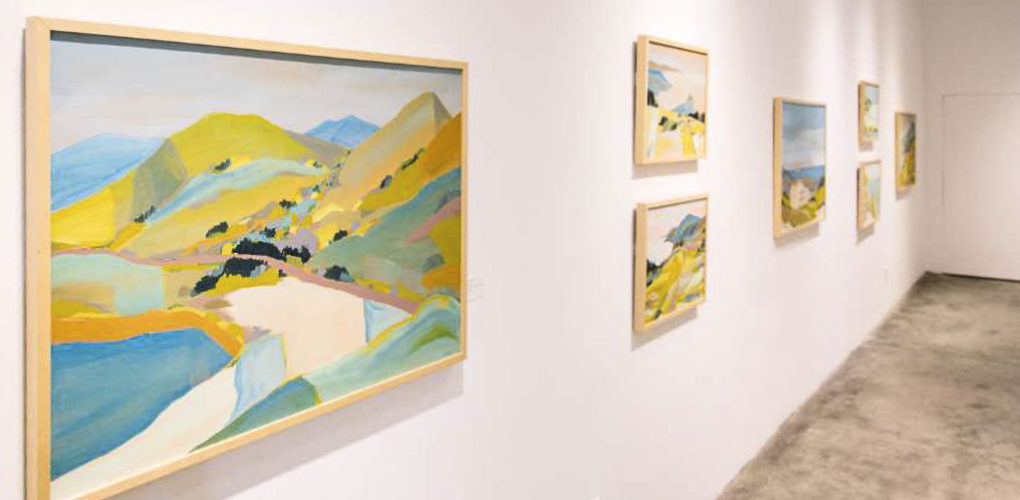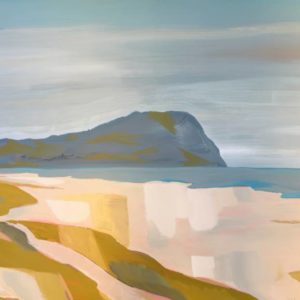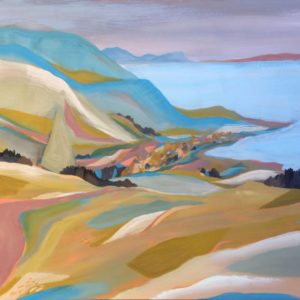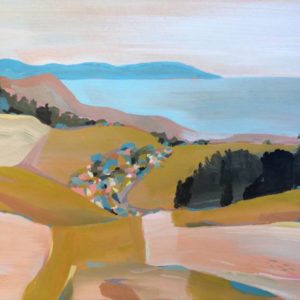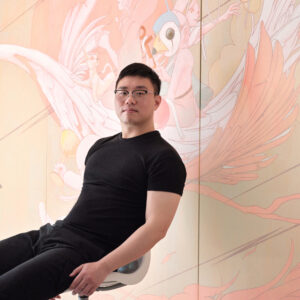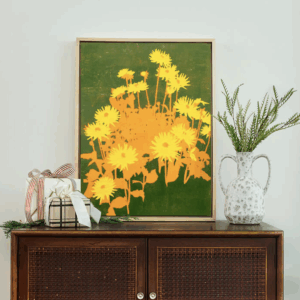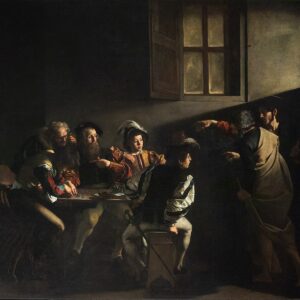Art We Love
 How To Do It All With Artist Pete Oswald
How To Do It All With Artist Pete Oswald
Pete Oswald is a Santa Monica-based artist, animator, and children’s book author and illustrator—you may be familiar with his work on the silver screen such as the Angry Birds movie or Oscar® Nominated ParaNorman. While juggling many projects may be par for the course for any creative, Pete shares how he strikes a balance to remain creatively charged.
What are the major themes you explore in your artwork?
Many of my landscapes are inspired by personal experiences and memories. Each painting starts with a sketch or photograph, but the heart of the image is the emotion it evokes. I love nature, so I’m drawn to the diversity of the outdoors—it is the contrast that makes it beautiful and unique.
How did you first get interested in your medium, and what draws you to it specifically?
Art has always been a part of my life. As a child, I grew up in Utah, where my mother would teach drawing and painting classes in our basement. I was constantly encouraged to flex my artistic muscles. As a family, we spent most of our time outdoors skiing and backpacking, so I gained inspiration from nature at young age.
I love getting lost in my art. There is a form of escapism allowing me to be anyone and go anywhere. Ultimately it is the power of imagination that draws me to be an artist.
You are also an accomplished and in-demand animation production designer—how does that influence your practice?
Animation has a huge influence on my fine art; it is essentially about bringing life and personality to a drawing. It’s all about imbuing inanimate objects with life, making things that aren’t alive feel alive or seem alive. Working in animation has helped me to evoke visceral emotion in all my art.
Can you walk us through your process? How long do you spend on one work? How do you know when it is finished?
All my art begins with observation. To make relatable art, I always try to experience the source in-person. My landscape paintings start with a sketch or photograph. Then I go back to my home studio for the final painting. I’ll work from the sketch and photograph to get the basic composition. I try to remember how I felt while I was experiencing the location. I know the painting is complete when I feel like I’ve captured the mood. Successful art is about bottling emotion and portraying it on canvas.
You also illustrate children’s books—how do you find balance between your projects?
I constantly have multiple projects happening at once. Finding balance is very difficult as I can easily get preoccupied with one idea. Children’s books have allowed me to focus on telling stories that my own children can relate to. It is very rewarding to have my two sons laugh and relate to my art. For me, balance comes from spending time with my family.
What is the best piece of advice you’ve received?
Put the computers down, go outside, and draw from life. Observe the people and environments around you. And think about what makes these things tick. This takes real world observation, and experience with people, places, and objects out in the world. You’re not going to create anything original if you don’t look at the source.
